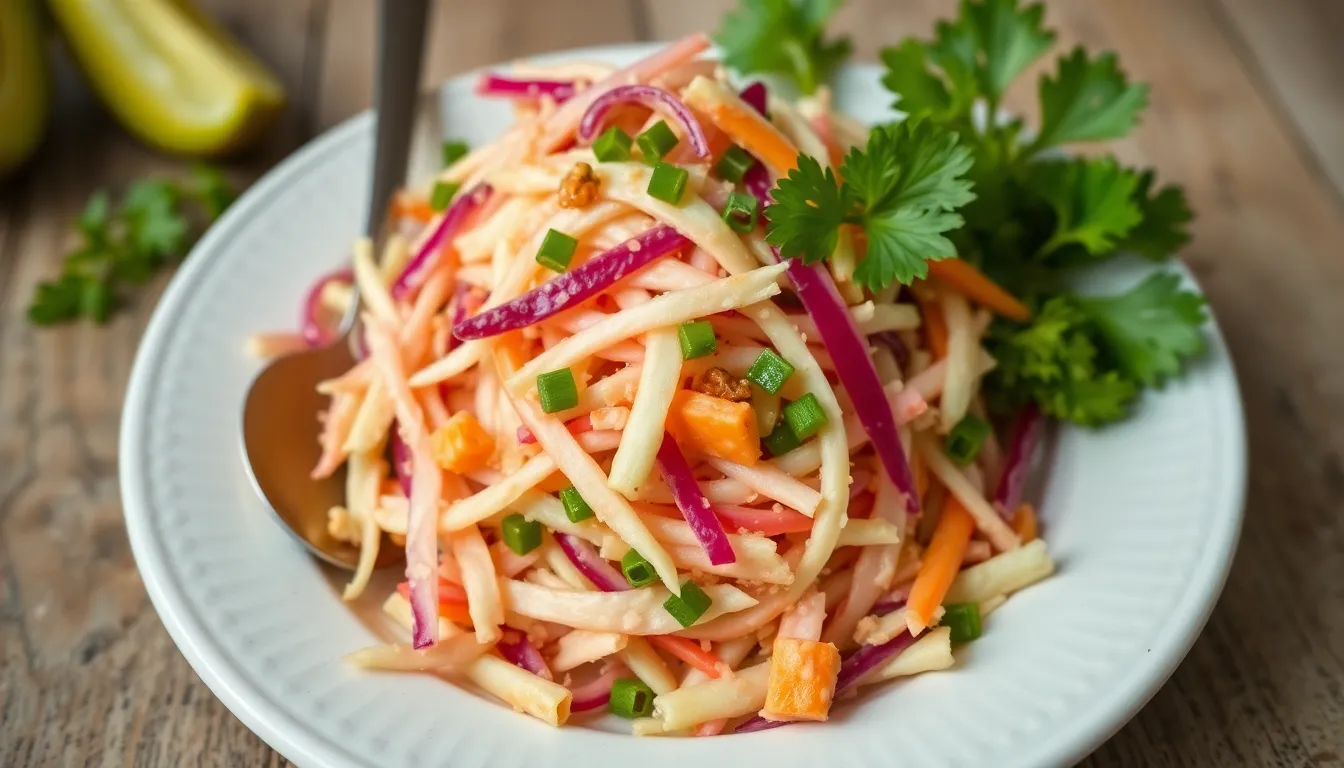How to Make Homemade Pizza Dough: A Beginner’s Guide
There’s something magical about homemade pizza. The aroma wafting through your kitchen, the satisfying sound of the crust crackling under the heat, and the sheer joy of customizing your toppings to fit your mood—all these elements come together to create a truly delightful experience. However, the heart of any great pizza lies in the dough. A good pizza dough acts as the perfect foundation, supporting all the delicious toppings you choose to pile on. In this guide, we will explore everything you need to know to make homemade pizza dough from scratch, from the essential ingredients to foolproof techniques that even beginners can master.
Section 1: Ingredients Needed
To create the perfect pizza dough, you’ll need a few essential ingredients. Here’s a list to get you started:
- Flour
- Water
- Yeast
- Salt
- Olive oil
| Ingredient | Quantity | Notes |
|---|---|---|
| Flour | 4 cups | All-purpose or bread flour recommended |
| Water | 1.5 cups | Warm water (110°F) |
| Yeast | 2 tsp | Active dry yeast |
| Salt | 1.5 tsp | Sea salt or kosher salt preferred |
| Olive oil | 2 tbsp | Extra virgin for best flavor |
Section 2: Tools You Will Need
Having the right tools can make the pizza dough-making process much smoother. Here are the necessary kitchen tools and equipment:
- Mixing bowl
- Measuring cups and spoons
- Dough scraper
- Rolling pin
- Baking sheet or pizza stone
For those looking to explore advanced techniques, consider having the following optional tools:
- Pizza peel
- Stand mixer with a dough hook
- Kitchen scale for precise measurements
Section 3: Step-by-Step Instructions
Step 1: Activating the Yeast
Before you mix the dough, you need to activate the yeast. This step is crucial as it allows the yeast to become bubbly and alive, ensuring a good rise. Here’s how to do it:
- In a small bowl, combine 1.5 cups of warm water (around 110°F) with 2 teaspoons of active dry yeast.
- Let the mixture sit for about 5-10 minutes until it becomes frothy. This indicates that your yeast is alive and ready to work.
Step 2: Mixing the Dough
Now it’s time to bring all your ingredients together. In a large mixing bowl, combine the activated yeast mixture with the following:
- 4 cups of flour
- 1.5 teaspoons of salt
- 2 tablespoons of olive oil
Mix the ingredients until they come together to form a shaggy dough.
Step 3: Kneading the Dough
Kneading is essential for developing gluten, which gives your pizza dough structure and chew. Follow these steps for effective kneading:
- Transfer the shaggy dough onto a lightly floured surface.
- Knead the dough for about 8-10 minutes. Use the heel of your hand to push the dough away, then fold it back over itself and repeat.
- The dough should become smooth and elastic. A good test for readiness is to poke it; if it springs back, it’s ready!
Step 4: First Rise
Once kneaded, it’s time for the dough to rise. This step allows the yeast to work its magic:
- Shape the dough into a ball and place it in a lightly greased bowl.
- Cover the bowl with a damp cloth or plastic wrap.
- Let it rise in a warm place for about 1-2 hours, or until it has doubled in size.
Step 5: Shaping the Dough
After the first rise, it’s time to shape your dough into a pizza base. You can choose between a thin crust or a thick crust:
- For a thin crust, divide the dough in half and roll it out with a rolling pin.
- For a thick crust, shape the whole dough into a larger circle, about 1/2 inch thick.
Make sure to dust your surface with flour to prevent sticking!
Step 6: Second Rise (Optional)
While optional, a second rise can enhance the texture of your pizza crust:
- After shaping the dough, let it rest for another 30-60 minutes.
- This will make the crust lighter and fluffier, giving it a beautiful rise when baked.
Section 4: Tips for Perfect Pizza Dough
Even experienced cooks can make mistakes, but with a little guidance, you can avoid common pitfalls. Here are some helpful tips:
- Always measure your flour correctly. Too much flour can lead to a dry dough.
- Use warm water to activate the yeast; water that is too hot can kill the yeast.
- Don’t skip the kneading step; it’s essential for developing gluten.
- Allow your dough to rise until it has doubled in size for the best texture.
- Experiment with different types of flour. Bread flour will give you a chewier crust, while all-purpose flour yields a softer texture.
Conclusion
Making homemade pizza dough is not only a rewarding process but also a way to create delicious memories in your kitchen. With this guide, you’re equipped with everything you need to make a fantastic dough that serves as the foundation for your pizza masterpieces. Don’t hesitate to experiment with flavors and techniques as you gain confidence in your pizza-making skills. Happy cooking!




